SEO Marketing: The Ultimate Guide for Beginners (2025)
Did you know that 75% of users never scroll past the first page of search results? With such a staggering statistic, it’s clear that having a strong online presence is crucial for businesses.
This is where SEO marketing comes into play.
SEO, or Search Engine Optimization, is the practice of optimising a website to improve its visibility on search engine results pages (SERPs).
By utilising various techniques and strategies, businesses can increase their organic traffic and reach their target audience effectively.

We’ll discuss how SEO marketing drives organic traffic, leads, and conversions while establishing brand credibility and authority.
So if you’re looking to boost your online visibility and outshine your competitors in the digital market, this beginner’s guide on SEO marketing is just what you need.
Fundamental Components of SEO
So basically, SEO helps you get noticed and get more traffic to your website. Sounds pretty cool, right? But how does SEO actually work?
Whether you’re a business owner, marketer, or aspiring SEO enthusiast, understanding these fundamentals is the first step toward unlocking the full potential of your digital presence.

Keyword Research
Keyword research is a crucial aspect of SEO marketing. It involves identifying the words or phrases that users enter into search engines when looking for information or products/services.
By conducting thorough keyword research, you can gain valuable insights into user intent and optimise your content accordingly.
Understanding user intent is key to providing relevant and valuable content to your audience.
By targeting the right keywords with high search volume and low competition, you can increase your website’s visibility in search engine results pages (SERPs).
This not only drives organic traffic but also improves the chances of attracting potential customers who are actively searching for what you offer.
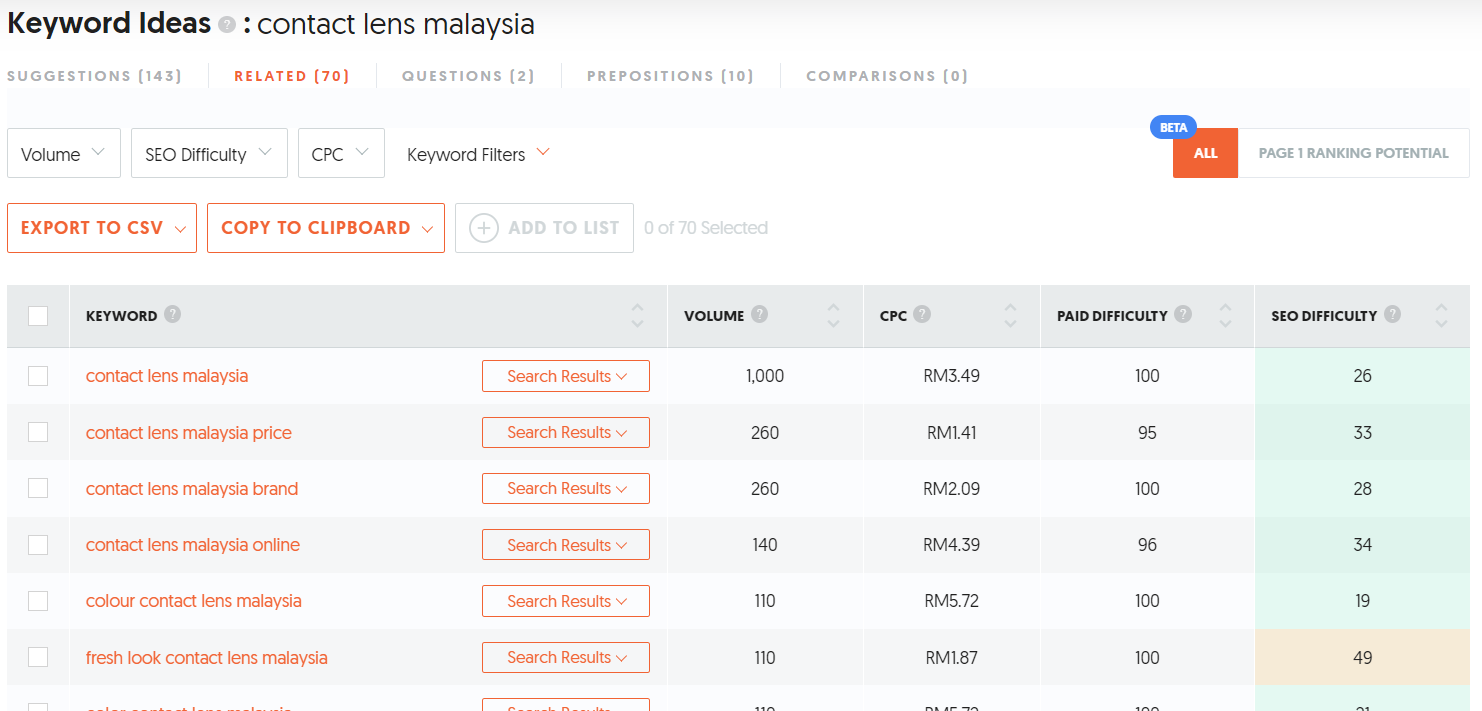
Technical SEO
Technical SEO focuses on optimising the technical aspects of your website to improve its performance in search engine rankings.
It involves addressing factors such as site speed, mobile-friendliness, crawlability, indexing issues, and more.
Ensuring that your website is technically sound allows search engines to easily access and understand your content.

For example, optimising XML sitemaps and robots.txt files helps search engines crawl and index your web pages effectively.
Implementing structured data markup enhances the visibility of important information within your content, making it more appealing to both users and search engines.
Get started with our ultimate SEO checklists!
On-Page Optimisation
Metadata and URL Structure
Metadata plays a vital role in on-page optimisation. It includes elements like title tags, meta descriptions, and header tags that provide information about web pages to search engines.
Optimising metadata helps improve click-through rates from SERPs for search engine marketing by making them more compelling and enticing for users.
With effective SEO services, On-page SEO can be enhanced to drive better results in SEO marketing.
URL structure also plays a significant role in on-page optimisation. A concise yet descriptive URL structure helps users and search engines understand the context of a webpage at a glance.
Including relevant keywords in URLs further enhances the user experience while enabling search engine crawlers to better comprehend the content on each page.
Content Optimization
Content optimisation revolves around creating high-quality, relevant content that satisfies user intent.
It involves using targeted keywords naturally within the content without resorting to keyword stuffing.

Well-optimised content should be well-formatted with headings, subheadings, bullet points, and other formatting elements that make it easy to read and digest.
This not only improves the overall user experience but also helps search engines understand the structure and relevance of your content.
SEO vs. SEM: Understanding the Difference
Definition of SEM
SEM, or Search Engine Marketing, is all about getting your website noticed on SERPs through paid advertising efforts.
It involves various activities such as pay-per-click (PPC) advertising, display ads, remarketing, and more.
In a nutshell, SEM aims to increase a website’s visibility by investing in targeted advertisements.
SEO and SEM Strategies Compared
While both SEO and SEM share the goal of improving a website’s visibility on search engines, they adopt different approaches.
SEO, which stands for Search Engine Optimization, focuses on organic methods to optimise content and enhance rankings.
This includes optimising website structure, creating high-quality content with relevant keywords, building backlinks from reputable sources, and improving user experience.
SEO aims to attract organic traffic by naturally appearing higher in search results. On the other hand, SEM relies on paid advertising to gain immediate visibility on SERPs.
By investing in PPC campaigns or display ads targeting specific keywords or demographics, businesses can reach their target audience quickly.

While SEO takes time to yield results due to its organic nature, SEM provides instant visibility for those willing to invest.
Combining SEO and SEM strategies can be highly effective in maximising online marketing efforts and ensuring comprehensive visibility across search engines.
By leveraging the strengths of each approach – the long-term benefits of SEO and the immediate impact of SEM – businesses can create powerful online marketing campaigns that drive traffic and generate leads.
For example, imagine you have a new e-commerce store selling trendy sneakers.
To establish your brand presence organically through SEO efforts, you would focus on optimising your product descriptions with relevant keywords like “cool sneakers,” “stylish footwear,” etc., ensuring your website structure is user-friendly for easy navigation.
You would work towards building quality backlinks from fashion blogs or sneaker enthusiast websites.
However, since SEO takes time to show results, you should also invest in SEM to gain immediate visibility for your store.
Through PPC campaigns targeting keywords like “buy sneakers online” or “best deals on trendy footwear,” you can ensure that your website appears at the top of search results when potential customers are actively searching for such products.
Further Reading: We Explored 20+ SEO Agencies in Malaysia — Here’s What We Uncovered!
Developing an Effective SEO Marketing Strategy
To develop an effective SEO marketing strategy, there are several key components that you need to consider.
Let’s dive into each of these components and explore how they contribute to the success of your SEO efforts.
Competitor Analysis
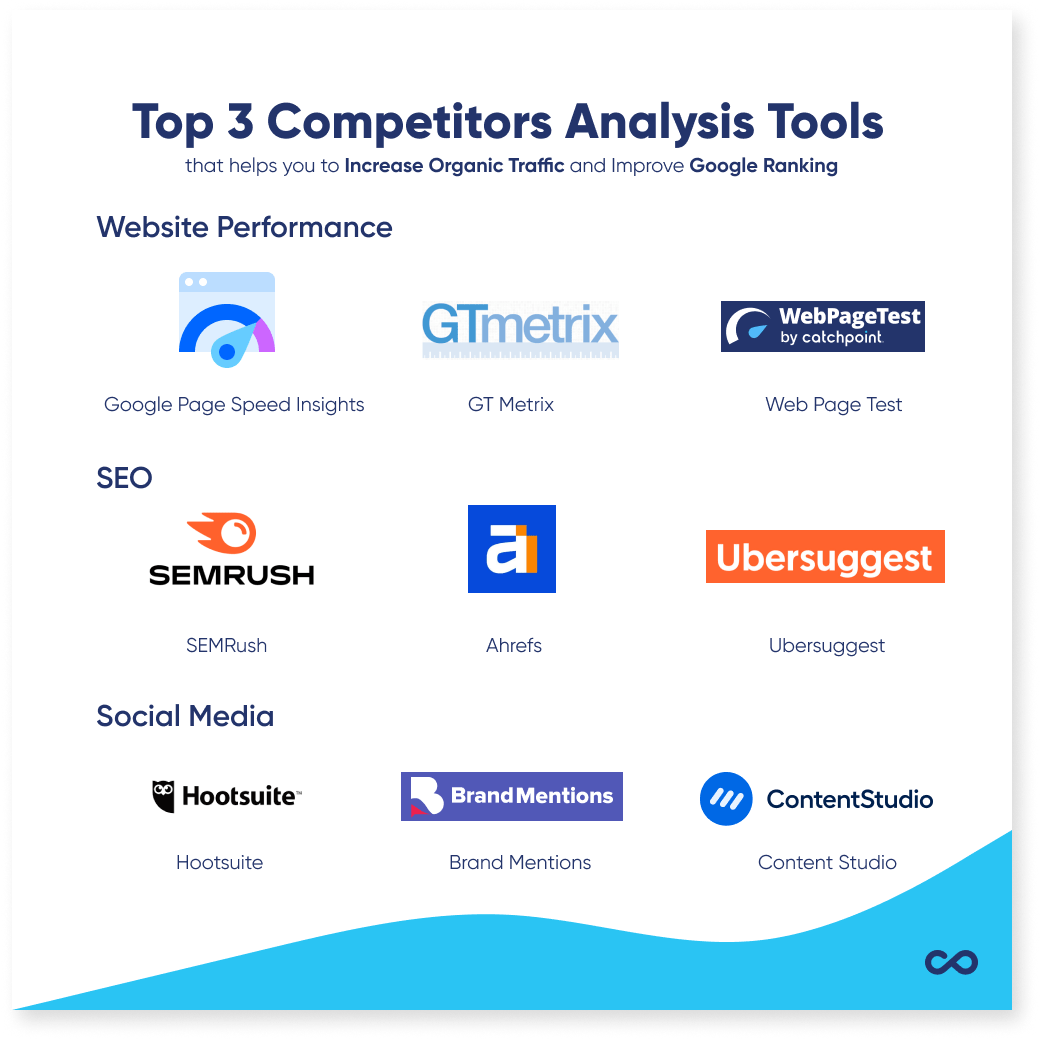
Competitor analysis is a crucial step in any SEO marketing strategy. It involves researching and analysing your competitors’ websites, strategies, keywords, backlinks, etc.
By understanding what your competitors are doing well and where they may fall short, you can identify opportunities for improvement and gain a competitive edge in search engine rankings.
Analysing your competitors’ strengths and weaknesses informs your own SEO strategies.
For example, suppose you notice a competitor ranking highly for a specific keyword. In that case, you can investigate why and determine if there’s an opportunity to optimise your content around that keyword.
Similarly, find that a competitor has a strong backlink profile from reputable websites in your industry. You can work on building relationships with those same websites to improve your backlink profile.
To learn more about successful link-building strategies, check out our article for a detailed analysis of link-building case studies.
Target Audience Profiling
Understanding your target audience is essential for creating content that resonates with them.
Target audience profiling involves creating detailed personas of the ideal customers based on demographics, interests, behaviours, and more.
This helps you understand their needs and preferences so that you can create targeted content that speaks directly to them.
By profiling your target audience effectively, you can optimise your SEO efforts by focusing on relevant keywords and topics that align with their interests.
For example, if your target audience consists mainly of young professionals interested in fitness and wellness, optimising your website for keywords related to healthy living or workout routines would be beneficial.
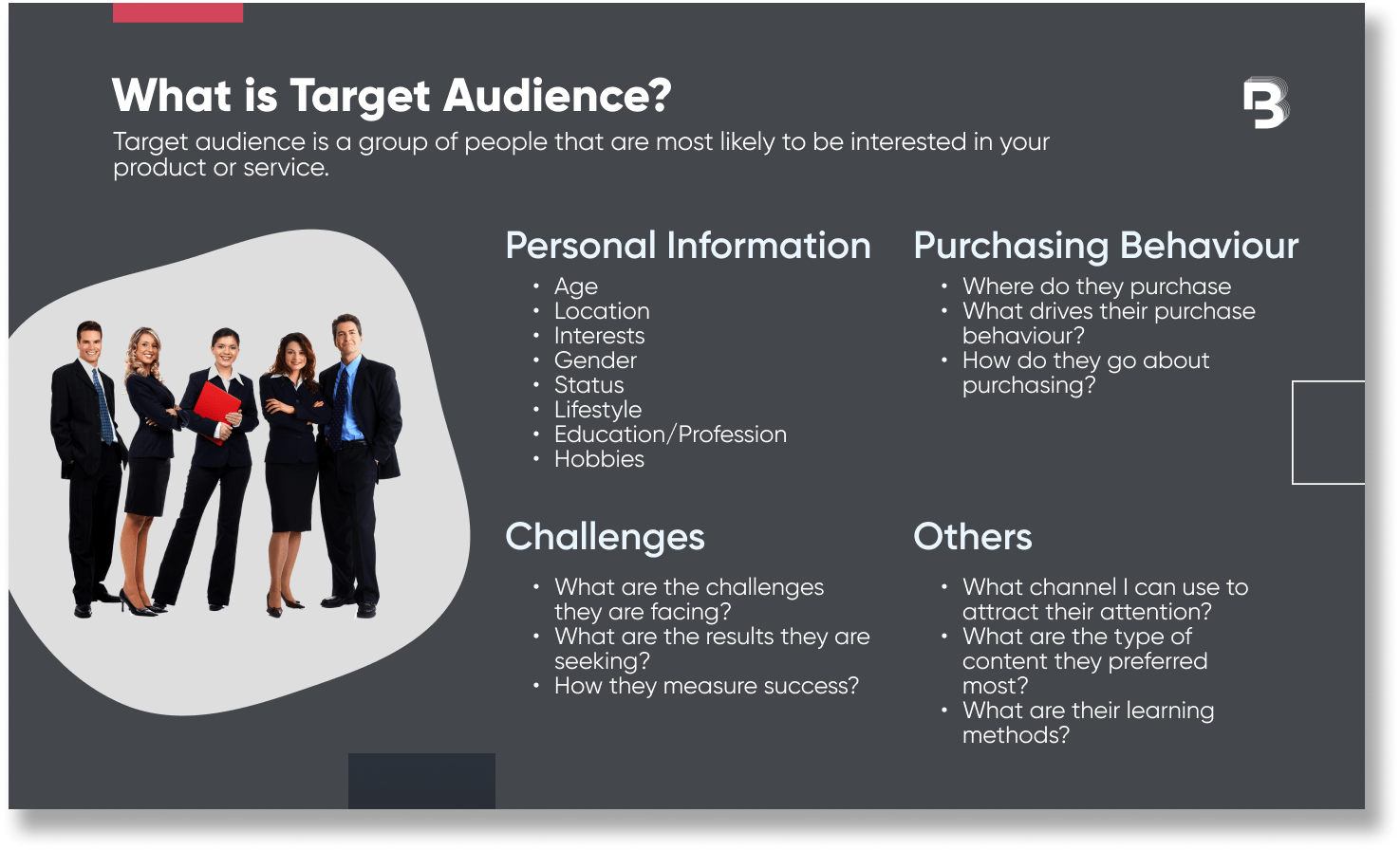
Read more about how to find your target audience here.
Content Creation and Implementation
Content creation plays a significant role in any successful SEO marketing strategy.
It involves developing high-quality articles, blog posts, videos, infographics – any content that provides value to your target audience.
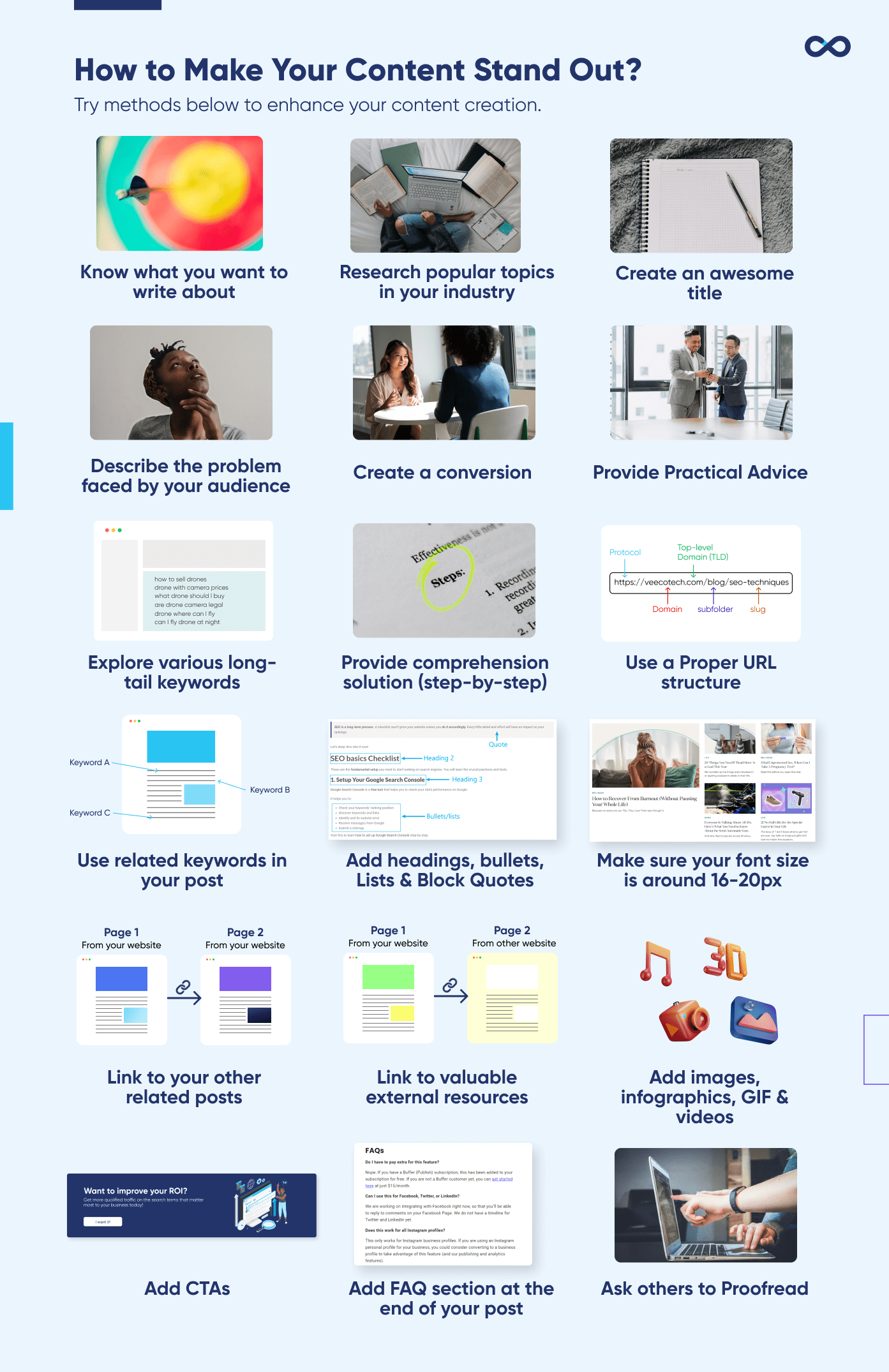
The goal is to create content that attracts visitors, keeps them engaged, and encourages them to take action
Implementing your content involves optimising it for search engines.
This includes:
- Incorporating relevant keywords throughout the content
- Using proper formatting techniques like headings and bullet points
- Adding internal links for navigation purposes
- Ensuring your website is user-friendly and easy to navigate.
Improve Your Website Technical SEO
Technical SEO is optimising your website’s technical aspects to improve its visibility in search engine rankings. Some key areas to focus on include:
- Title and meta tag optimisation: Ensure that your title tags accurately describe the content on each page, and optimise meta descriptions to entice users to click through.
- Image optimisation: Optimize image sizes and file names to improve page load times.
- User-friendly navigation: Make it easy for users to navigate your website by organising content logically and providing clear menus and navigation links.
- Create a sitemap: A sitemap helps search engines understand the structure of your website, making it easier for them to crawl and index your pages.
Use Relevant and Useful Backlinks
Backlinks are an essential component of any SEO strategy. They are links from other websites that point back to your site.
Building high-quality backlinks can significantly impact your search engine rankings.
To acquire relevant and useful backlinks, consider creating high-quality content that others will want to link to.
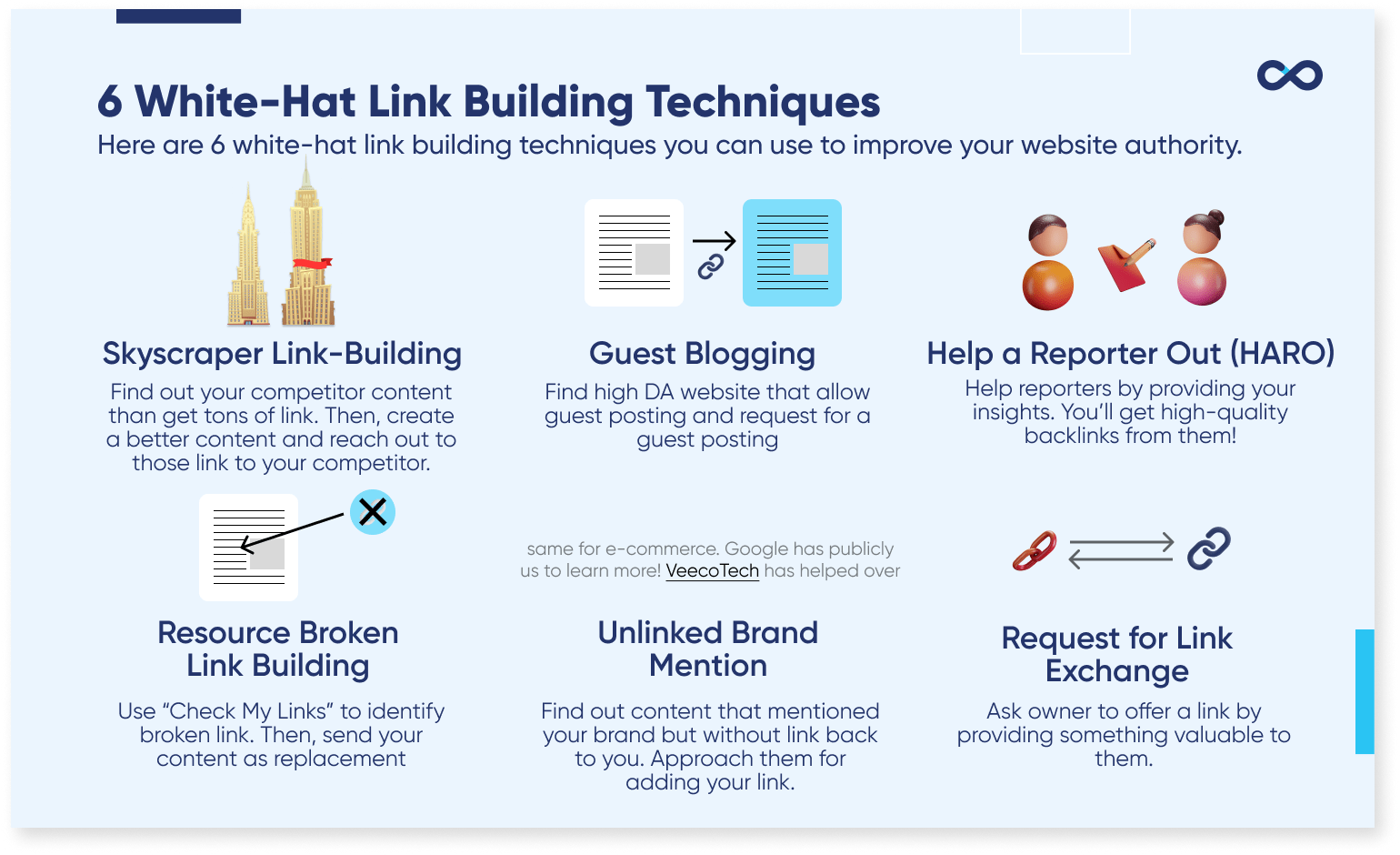
Guest posting on reputable websites in your industry is another effective way to build backlinks. Building relationships with bloggers and industry experts can lead to natural referrals from their websites.
Here’s what happened to one of our clients’ websites’ keyword rankings.
After we helped them create a well-researched article and outreach for link building, the ranking of the competitive keyword (competing with Wanderlogs, Trip Advisors, Booking, etc.) jumped to #3 within 2 days!

Lastly, seek opportunities for collaboration with influencers or websites with high domain authority – these partnerships can result in valuable backlinks.
Read more: How Link Building and Content Marketing Drives Quality Leads?
Conclusion
So there you have it, the ins and outs of SEO marketing.
We’ve covered the fundamental components of SEO, the difference between SEO and SEM, and how to develop an effective SEO marketing strategy.
Armed with this knowledge, it’s time to take action and optimise your website for search engines.
Remember, SEO is not a one-time task but an ongoing process. It requires continuous monitoring, analysis, and adaptation to stay ahead of the competition.
By implementing the strategies we’ve discussed, you can improve your website’s visibility, drive organic traffic, and ultimately achieve your marketing goals.
So don’t wait any longer. Start implementing these techniques today and watch your website increase search engine rankings.
Good luck!
 FAQs
FAQs
How does SEO marketing help improve website visibility?
SEO marketing helps improve website visibility by optimising the website’s content, structure, and technical aspects to make it more attractive to search engines.
This includes keyword research, on-page optimisation, link building, and improving user experience.
Is SEO marketing a long-term strategy?
Yes, SEO marketing is a long-term strategy. It takes time for search engines to crawl and index webpages, evaluate their relevance and authority, and update the rankings accordingly.
Competition for top positions in SERPs is fierce. Consistent effort in optimising content and building quality backlinks is required to maintain and improve rankings over time.
Can I do SEO marketing myself, or should I hire professionals?
You can do basic SEO marketing by following best practices, such as optimising your content with relevant keywords and meta tags.
However, hiring professionals can provide expertise in advanced techniques like technical SEO audits, link-building strategies, and competitor analysis.
SEO experts like us save you time while implementing effective tactics tailored to your goals.
How long does it take to see results from SEO marketing efforts?
The timeline for seeing results from SEO marketing efforts varies depending on various factors such as the competitiveness of keywords, website authority, existing optimisation level, and consistency of implementation.
Generally, noticeable improvements may be seen within 4-6 months of consistent optimisation efforts but significant results often require several months or more.
What are some common mistakes to avoid in SEO marketing?
Some common mistakes to avoid in SEO marketing include keyword stuffing (overusing keywords unnaturally) and buying low-quality backlinks that violate search engine guidelines instead of earning high-quality ones organically through valuable content creation.
Other mistakes include paying attention to mobile optimisation or ignoring user experience factors like slow page speed or poor navigation.






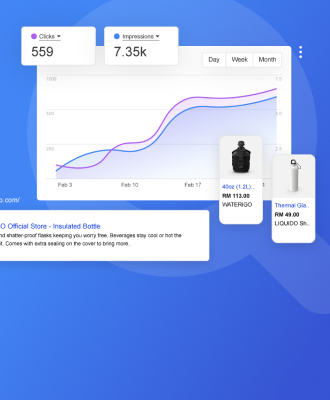
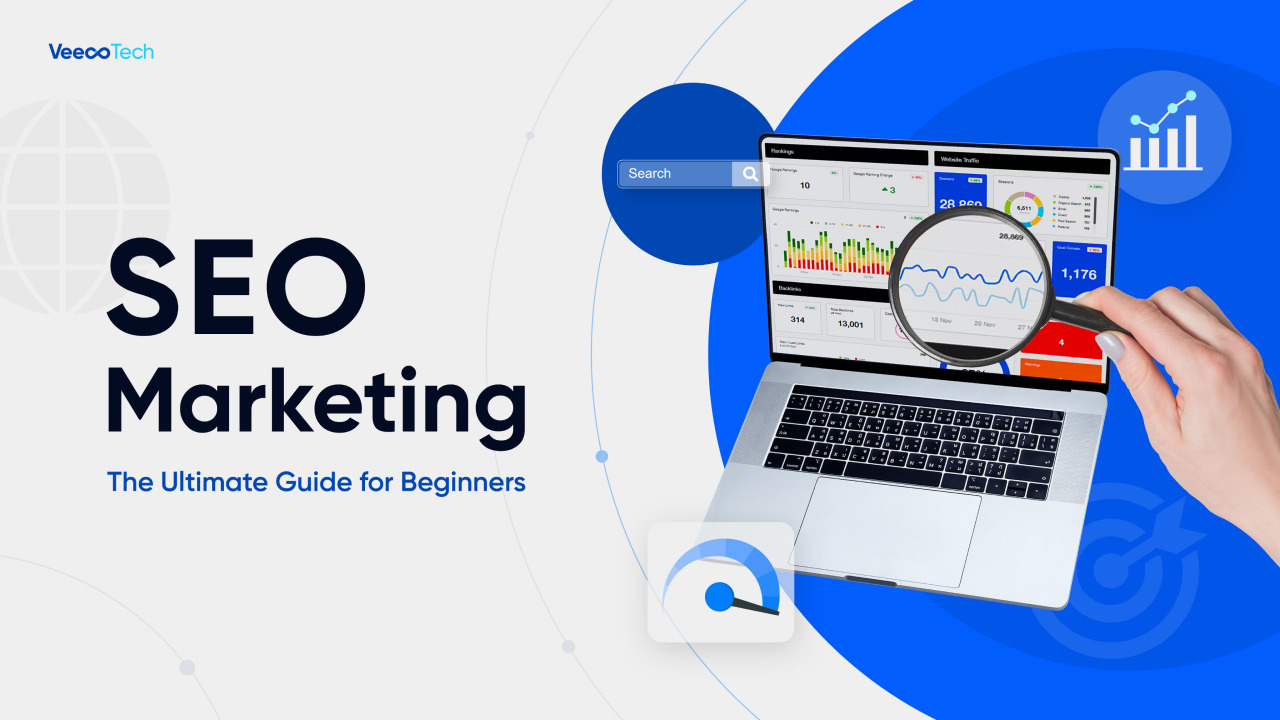

 FAQs
FAQs
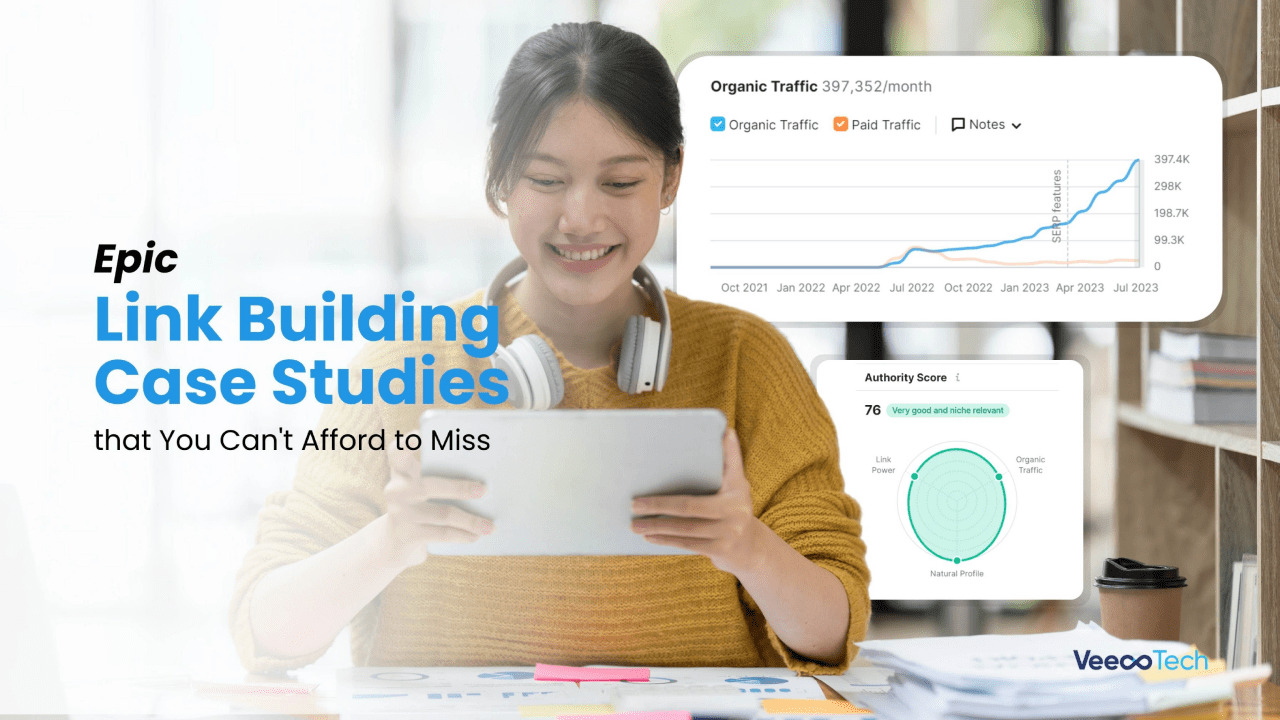

Leave A Comment